I am often asked for my favorite systems for creating and maintaining efficiency across teams, especially during periods of rapid growth. Having worked for and with companies large, small and everywhere in between, I have learned a lot about what it takes to keep people aligned and effective in pursuit of shared goals. The processes that work for a two person business will often break down as soon as a third employee is added. Extrapolate this to tens, hundreds and eventually thousands of people and the importance of effective communication systems becomes abundantly clear. In virtual workplaces, which are becoming more and more common, especially for digital publishers, there is a different but related set of challenges. When you are running a media business, real-time communication across your account management, adops and sales teams is critical.
We use Slack for day-to-day communication and make every effort to minimize our use of email. I’m often asked “what’s so great about Slack?” and generally struggle to provide a compelling answer. However, after a few weeks those same people are complete converts. It can be organized to match your workflow, accepts file uploads and screenshots (particularly useful for anyone in ad operations), synchs across your mobile devices and is entirely searchable. All conversations are archived so you no longer have to ask the same question multiple times. There are competitive alternatives out there (excluding google chat, which I hate) but we prefer Slack.
For projects and tasks, I use Asana both personally and for my businesses. I am able to capture anything that needs to be remembered or completed, assign tasks to teammates, structure the data in the most useful (and searchable) way for me and further customize the platform to my needs. The fact that it is web-based is a draw back in my opinion and until recently the mobile app did not function while offline (particularly annoying for someone who commutes via subway), but they are constantly making improvements. Having a tool that allows you to break projects down into actionable pieces and schedule them accordingly is among the biggest factors in delivering successful projects on time. Other options include Trello (pretty similar to Asana), GitHub (primarily for developers) and Omnifocus (great for individuals).
Google docs has proven to be the best way of creating and maintaining shared files. We use an enterprise file server, Egnyte, as well, and it is fantastic, but the ability to collaborate in real-time on shared files is extremely powerful. The biggest limitation, especially as it relates to ad ops and monetization, is the lack of functionality in Google Sheets as compared to Excel. Creating pivot tables, inserting macros, handling large data sets with complex formatting is challenging to the point of frustration. Because of this we tend to use Google Sheets only for simple reports that need to be shared in real-time.
Software and tools are only good enough if they are supported by strong, consistent internal processes. For larger teams, an effective approach for managers, especially those overseeing multiple teams, is to send out a regular communication (an email or a newsletter are the most obvious mediums) to all relevant people. I find myself constantly having individual and small group conversations that do not always filter out as I would like. Controlling the message and ensuring that everyone has all relevant info, especially as it relates to hiring, new products, major corporate initiatives and things that will affect them directly can have a significant return on a relatively small amount of time invested.
The most important thing to remember is that everyone in your organization knows what your long term objectives are and how their own work contributes to achieving those. These can and should be broken down into smaller, actionable components with shorter-term tasks. You need a place to monitor progress against those and some consistent and widely applied way of communicating within teams and as individuals. If you build your foundation on those principles, you’ll be well on your way to operating as a world-class team.

